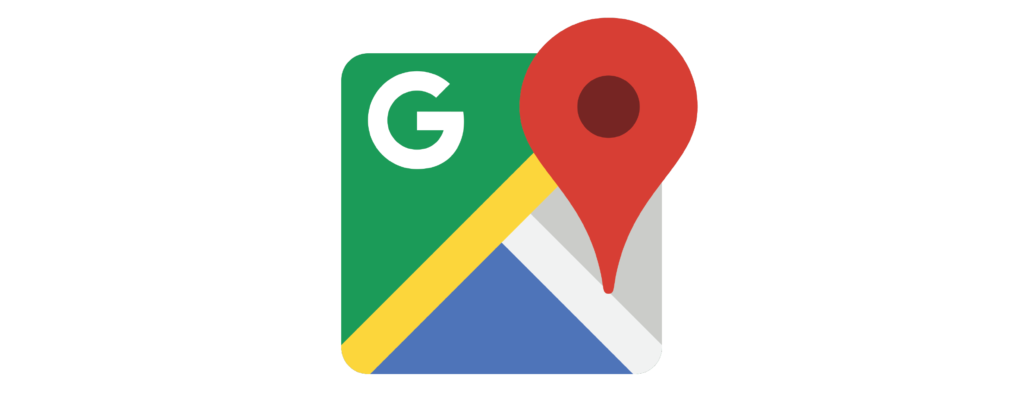
When you search for businesses or local services online, you will find that there is a map listing at the top of your search listing. Known as the 3-pack, this area of search results gains a better clickthrough rate and can be more locally focussed. However, gaining a ranking in this area doesn’t necessarily require the same tactics as a normal SEO campaign.
So, with this in mind, here are some of the key factors you need to consider to try and get your business ranking in the Google Maps 3-pack.
Google My Business
The first thing that your business needs when it comes to achieving the Google 3-pack ranking is a Google My Business page. This is the information panel which tells people more about your business when they search for your brand name. Including address, opening times, website address, images, map location and even some FAQs!
Getting your GMB page verified is also fairly simple, with a postcard being sent to your chosen address to verify this is where your business is located. Once you have the postcard and confirm the code, your GMB page will be fully active.
Once you have the page fully completed it is important to keep it up to date. So, make sure if you have a change of address this is verified through GMB. And keep images and stories on the platform regularly updates–people do genuinely engage with these features!

NAP
Name, address and phone number–this is what NAP stands for when it comes to 3-pack rankings. Having consistent NAP listings across your Google My Business listing, website and citations can boost your rankings as a whole. But it can also help secure your 3-pack rankings. As having strong NAP signals can confirm to Google that your business is legitimate and does exist.
Remember, it is important to keep your NAP listings consistent across the board. So make sure that when you are submitting it to citations, etc., you do so the same way each time. Otherwise, this may cause issues.
NAP signals, on the whole, add legitimacy to your business.

Reviews
If your business is like most others, you will find that you collect reviews on various platforms: Facebook, Yell, TrustPilot, etc. But, the reviews that you want to be pushing for are those that are on Google. As, careful study has shown, that the more Google reviews you have, the higher your chances of ranking in the 3-pack are.
Getting good reviews, however, can be more difficult than you might expect. Especially as many times your customer may have already finished a purchase before you are able to request a review. So, the real aim is to make reviewing that much easier for your customers.
Making the review process easier can mean different things to different people. Send reminder emails after purchase, give a reward, do a survey of simple choices (simple is easier than asking them to write something!), thank them for it! Ultimately asking for reviews may or may not work, it depends entirely on the customer that you are asking. But you can work to make it easier and more appealing to leave reviews, so long as you understand the effort that goes into them.
Citations
Citations, as mentioned already above, are online listings and mentions of your business across various sites across the web. This is where you need to enter your NAP data and ensure that all-important consistency across the listings.
However, the number of citations you need and where these should be sourced is a point of contention in the industry. But, the idea is that if you have at least a few hundred manual citations (which is quite quick to achieve) then you have a good ground base for citations. These also develop naturally over time, so if you don’t have the time to do these manually constantly to a large number, it is possible to leave it.
Target for Keywords
Keywords are at the heart of SEO. So, it’s no surprise that this is also a tactic when it comes to 3-pack rankings. This means not only having your business name in the title of your Google listing, but a relevant keyword as well.
Of course, some of your competitors may also be attempting this tactic. So it is important to target a keyword which has a relatively high keyword volume, which your competitors may or may not also be targeting. If they are, then it may be a good indication that it is a strong keyword to target–especially if they have achieved the 3-pack ranking this way.
Try to target hyper-local keywords that are likely to be searched for in your local area. As, on the whole, this will reap the most rewards from a local SEO Manchester 3-pack point of view.
Final Thoughts
Local SEO is all about the small details which need to correlate together to ensure that your listing is as complete as possible. The better your listing, the more likely you are to rank in the 3-pack. Ensure that your optimisation efforts are implemented across all of the above elements. That way, you are highly likely to achieve strong 3-pack rankings.

